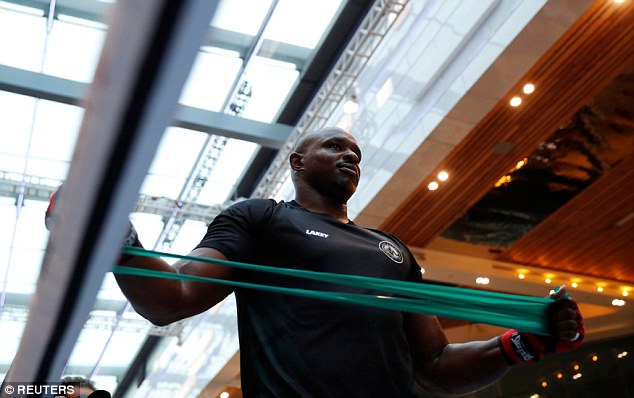Home workout can be a powerful way to get fit and lose weight. This is especially true if you are not in a position to hit the gym or have a job that involves frequent travelling with changing schedules. While a lot of people are aware of this fact, not many know how one can start working out and more so inexpensively.
Here comes the ‘resistance band’ into picture. It offers the practitioner a cheap, flexible yet effective way to burn your calories. Remember, it is not about the equipments but about the right type of workouts.
What is it: Resistance bands are made of strong, thin rubber with handles at the end, and come in a variety of resistances depending on your fitness level. With resistance bands, you can do just about any type of strength training exercise — chest presses, rows, shoulder presses, tricep extensions, bicep curls, and even squats — without the need for heavy weights.
How it works: This band is a must-have tool for strength training that helps to burn fat and builds muscle at the same time. More muscle needs more calories, so you end up burning far more while in a resting state. You’ll also get the shape that you desire, rather than just seeing the numbers on the scales drop. If you’ve never tried resistance bands, or you’re new to them, you may be surprised at how much benefit you can get from what is essentially a reinforced rubber band, but as is often the case, the simplest tools are often the very best for your health.
What can I do with it: You can use it to train for building muscle tension and it can be used almost anywhere. These bands offer safe and effective workouts, and are often recommended by physical therapists for rehabilitation purposes. These bands can be used for a comprehensive, full-body workout that challenges virtually every major muscle group in your body. It also favours you irrespective your fitness state. You can always adjust the intensity of your resistance-band workouts by giving the band more or less slack. You can also use multiple bands at once to increase the challenge.
How much does it cost: Less than a sweatshirt or so shall we say! About Rs 500-1000 depending upon the brand, design and tension it supports. These are totally worth their price considering the value they add into your strength training regime. And all this comes without costing a fortune.
How to choose the right one: They come in a variety of types, lengths and tensions. Some are flat in composition, while others consist of a tubular band that’s often surrounded by a protective material. The latter option comes with handles for gripping, while the former type lacks hand grips. Depending on your specific needs, you can use a band that offers tensions your body can handle.
Are there any cons to this: Band’s structure means that the load at the end of their range is significantly greater than at the base, so for any movement that you want to load the deeper ranges, i.e. The bottom position of a squat, you’ll find very difficult to do so. In addition to this, band resistance is neither smooth nor linear: often a load will be almost pointlessly easy at one point of the range and completely insurmountable an inch further, particularly when using multi-band setups that are necessary for experienced trainees.
They’re still useful for higher volume work, adding safe resistance to explosive work, and definitely a decent choice for traveling if you have no access to anything else (in conjunction with your own bodyweight), but they’re not a permanent substitute for weights.
